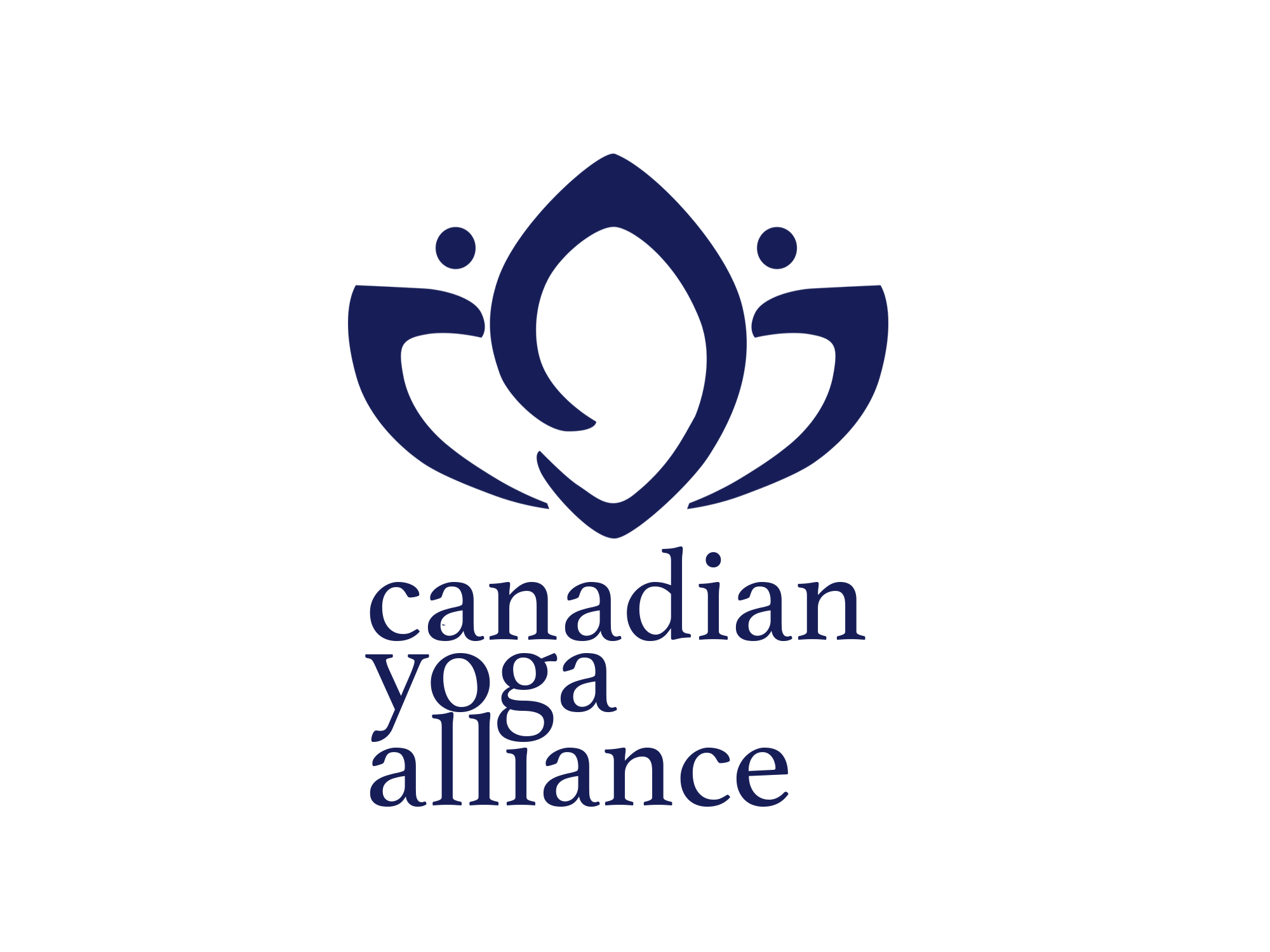Damask Studios (CYA-RYS Gold Member)
- E-mail: davy@damaskstudios.com
- Phone: 6477163289
- Address: Suit B105 2238 Dundas St. West
- Location: Toronto, Ontario Canada
- Website: damaskstudios.com
- Service Offered: Hatha, Hatha Vinyasa, Restorative
- Type of Certification Granted: 200hr and 300hr
- Years in Operation: N/A
- Date Joined: February 10, 2016
School Info
Damask Studios is a warm and welcoming studio in the west end of Toronto.
We pride ourselves in having a very thorough and extensive Yoga Teacher Training course. All our students will receive plenty of one-on-one time with our highly qualified staff because we keep our class sizes small. Damask’s YTT has a strong yet fun focus on anatomy, with Dr. Carlo D’Emilio and Davy teaming up to teach creative and thorough anatomy workshops. Each student will finish their YTT at Damask Studios having designed and taught multiple classes. All our students will graduate feeling confident and fully equipped to begin teaching as soon as they receive their certification.
300hr course specializes in Restorative Yoga.
Course Outline
1. Physical Anatomy: (Name, Location, How Yoga Benefits)
A. Skeleton
a) Composition
b) Shapes
c) Key bones
B. The Key Joints
a) Classification
b) Structure
c) Function: How Joints Work
C. Ligaments
a) Composition
b) Structure
c) Function
d) Key Ligaments
D. The Key Muscles
a) Structure and Composition
b) Categorization: Shapes, Monoarticular and Polyarticular Agonist/Antagonist/Synergist
d) Function - Contractions
e) Stretching
f) Tendons and Muscles
E. Fascia
a) Composition
b) Structure
c) Function
d) Understanding Facial Planes
Kinesiology: A. Understanding Mobility and Movement Through Space
B. Posture and Patterning; How to read people's bodies
a) Have student adjust, correct and modify for different misalignments and patternings
C. Understanding and Recognizing Limitations in Different Bodies
Contraindications: A. Contraindications: When a student should hold back on their practice
B. What Postures Not to Do and When
C. Common Yoga Injuries and How to Avoid Them
2. Asanas - (Seated, Standing, Balancing, Twists, Back Bends, Arm and Leg Supporting, Arm Balancing, Inversions, Restorative) - A. What is an Asana
B. Teaching
a) Proper alignment and cues for each asana
b) Homework: Have student write down alignment cues with arrows on pictures provided.
C. Benefits:
a) Physical Anatomy
b) Physiology
c) Kinesiology/Biomechanics
d) Spiritual body
E. Lines of Energy and drishti
F. Understanding Different Bodies (In Each Asana)
G. Cautions and Precautions
Sanskrit: A. History
B. Present Day Use
C. Asanas
a) Break down/Translation
b) Pronunciation
c) Counting 1-10
3. Pranayama: A. Technique
a) Ujjayi
b) Suryabhedi (Alternate Nostril)
c) Sama Vritti (Equal Breathing)
d) Bhastrika (Bellows)
e) Kapalbhati
f) Sitkari
B. Benefits to Energetic and Anatomical Body
C. Anatomy of Breath and Physical Locations
D. Teaching Pranayama
a) Overcoming fear of holding your breath
b) Expanding your lung capacity
c) Using visualization in breath practice
d) Cuations E. Incorporating Pranayama into Class F. Homework
a) Starting a personal Pranayama Practice
4/5. Energy Anatomy:
A. Chakras
a) 7 Chakras – Name, Location, Emotions, Colour, Element, Mudra and Mantra associated.
b) Colour your own Chakra Image
c) Bringing Chakras into your teaching practice
B. Nadis
a) Nadi System – 3 primary nadis
C. Bandhas (Location, Energy Flow, Effects)
a) What Are Bundhas
b) Mula Bandha
c) Uddiyana Bandha
d) Jalandhara Bandha
e) Maha Bandha
b) Incorporating Bandhas into your teaching practice
D. Koshas
a) 5 Koshas – Defining, Identifying and Cultivating.
E. Chanting/Mantras
a) Benefits and Effects
b) Pronunciation
c) Practicing Mantras associated with each Chakra
d) Bringing Mantra into your teaching practice
F. Mudras
d) What is a Mudra
e) Methods
f) Benefits
g) Mudras associated with each Chakra
h) Incorporating Madra into your teaching practice
6. Philosophy: A. Sutras
a) 8 Limbs
b) Yamas and Niyamas
B. 4 Paths of Yoga
C. Introduction to Bhagavad Gita at Sivananda – 1.5hrs
a) Write review of seminar
D. Difference Between Western and Eastern Yoga
Yoga History : A. Brief History
B. Map of Yoga History
C. Overview of Predominant Yoga Traditions
7. Technique: A. Creating a warm up sequence:
a) Movements of the spine
a) Cautions and Precaution
b) Movements of the Hips/Femur
a) Cautions and Precautions
c) Warming up the joints
a) Which joints and why
b) Cautions and Precautions d) Warming up the muscles
a) Which muscles and why
b) Cautions and Precautions
e) Using breath to warm up the body
B. Sequencing of Both a Hatha and Vinyasa Class
a) Purpose/Goal of Class
b) Purpose of Each Asana
c) Direction and Positioning of the Body in Space
C. How to Create Smooth Transitions
D. Integrating Themes into Class:
a) Create 5 different Class Themes and examples of asanas that would compliment these themes.
b) Teaching – Create a full class based on one of these themes
Asana Demonstrations: A. Adjustments/Corrections to look for while teaching
B. Giving Clear Directions - Adjectives, Directions, Facings C. Class Awareness - Students and Teacher in Space
D. Finding your own teaching voice
E. Postural Cueing F. Modifications – Using props and Modifications when teaching
G. Mirroring
H) Teaching to Different Levels
8. Basic Business:
A. Branding Yourself as a Yoga Instructor
B. Creating A Business Name
C. Creating A Symbol/Logo for Your Studio/Self
D. Location
E. Finding Your Ideal Clientele
F. Advertising and Marketing
G. Setting Your Intentions for the Future
300hr. Restorative Yoga
History: A) History of Restorative Yoga B) Restorative Yoga Today
Benefits: A) Of the Energetic Body B) Of the Physical Body C) Who Can Benefit From Restorative Yoga D) Homework: Write An Essay on Two Different Benefits of Restorative Yoga
7 Restorative Asanas
A) Anatomy of Each Asana
B) Effects and Benefits
a) Energetic Body
b) Physical Body
C) Props: Blocks, Pillows, Bolsters and Blankets
D) Adjustments and Modifications
Class Set Up
A) Creating a Safe and Relaxing Atmosphere
a) Lighting
b) Music/Sounds
c) Temperature
Technique and Practice
A) Differences between a Restorative Yoga Class and a Hatha/Vinyasa Class
B) Have Students Practice Adjustments and Modifications on each other
C) Incorporating Pranayama into Class
Graduates
N/A

